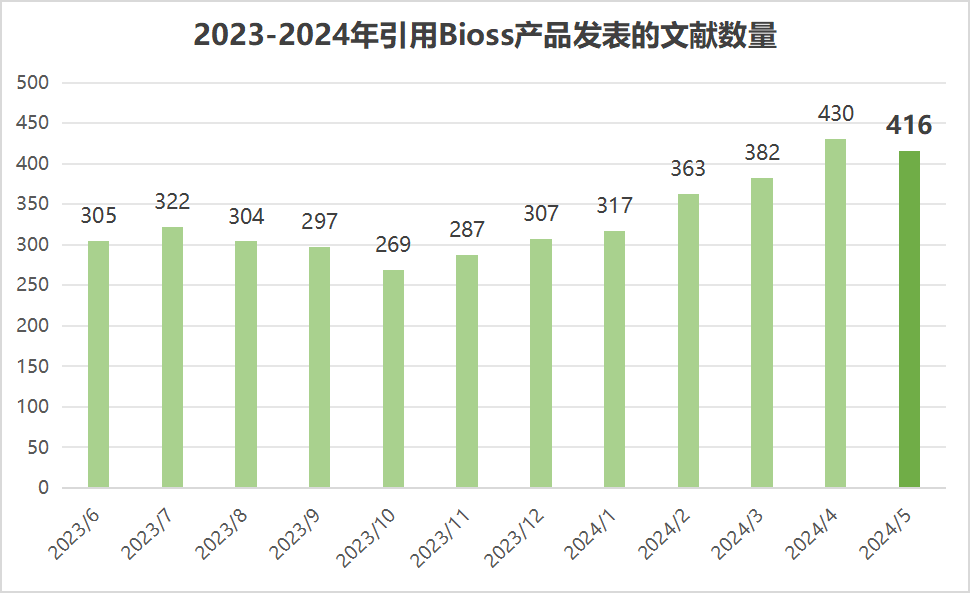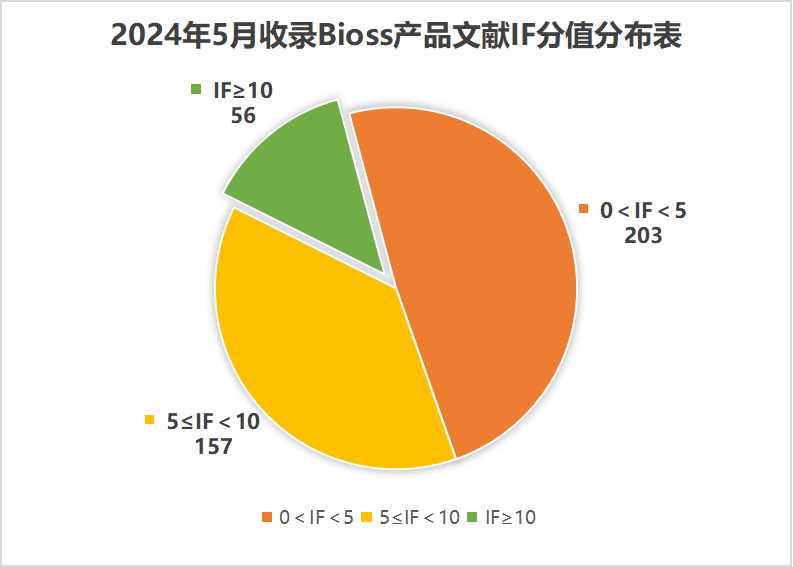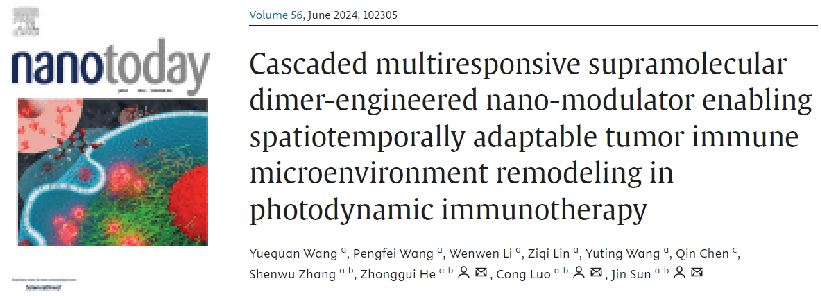


Nature [IF=64.8]

Cancer Cell [IF=50.3]

bs-24627R | MYCL Rabbit pAb | WB
Immunity [IF=32.4]

Nature Neuroscience [IF=25.0]

Materials Today [IF=24.2]

ADVANCED FUNCTIONAL
MATERIALS [IF=19.0]

ADVANCED FUNCTIONAL
MATERIALS [IF=19.0]

ADVANCED FUNCTIONAL
MATERIALS [IF=19.0]

Nano Today [IF=17.4]

文献引用产品:
BA00207 | Annexin V PE/7-AAD Apoptosis assay Kit
BA00204| Cell Cycle Analysis Kit
作者单位:北京大学
Nano Today [IF=17.4]

